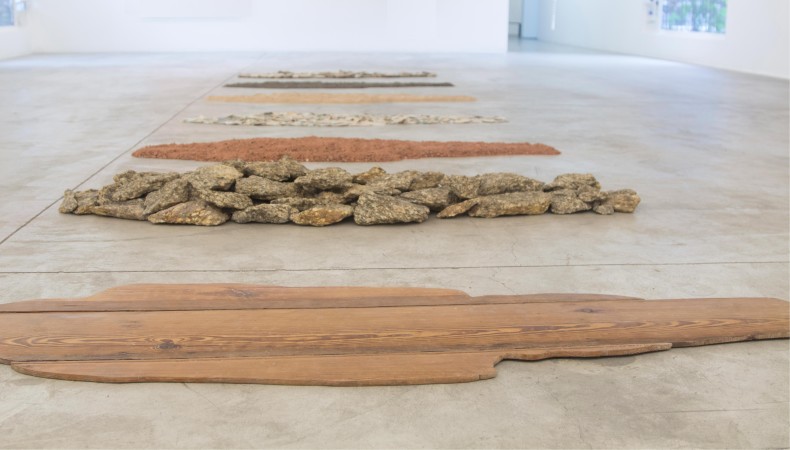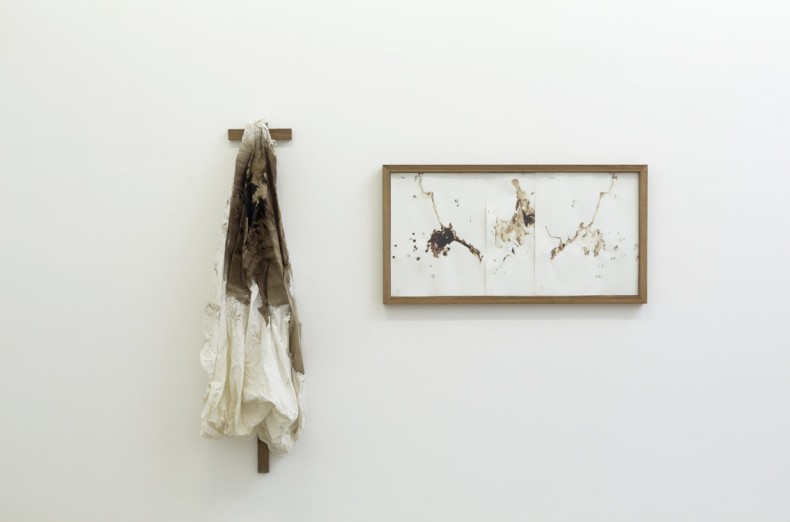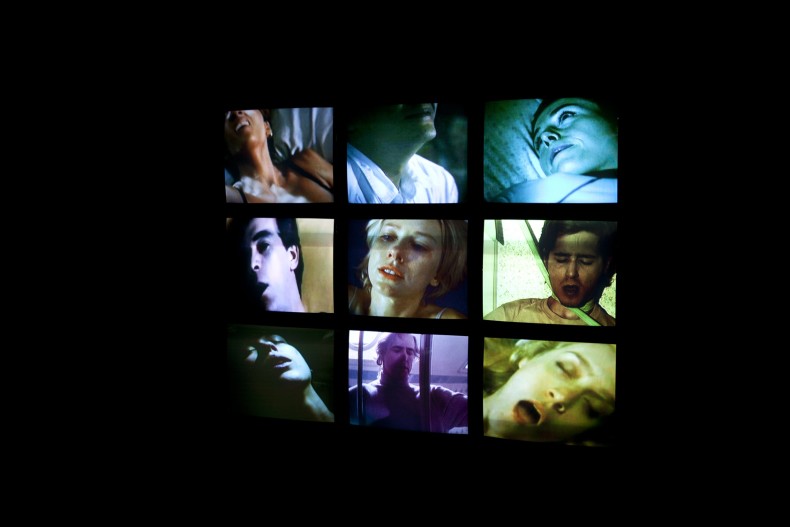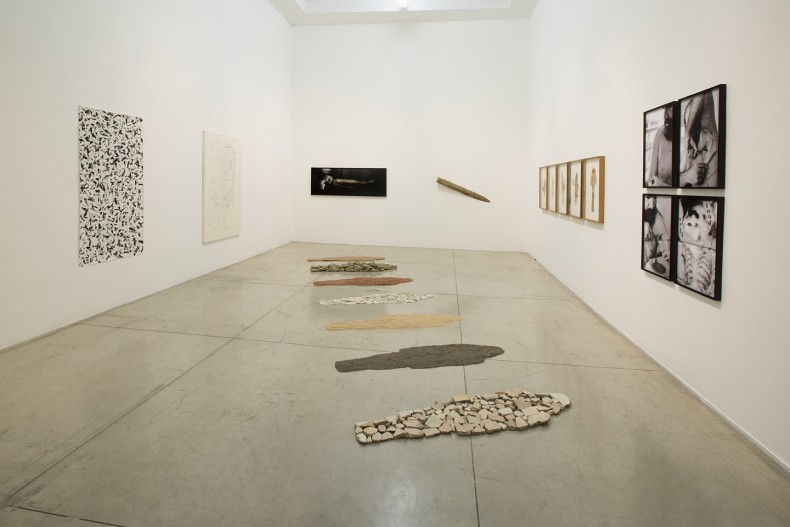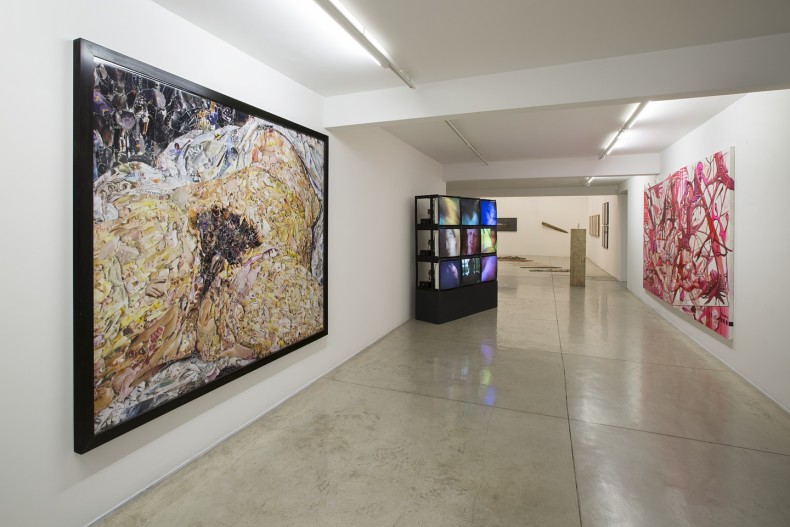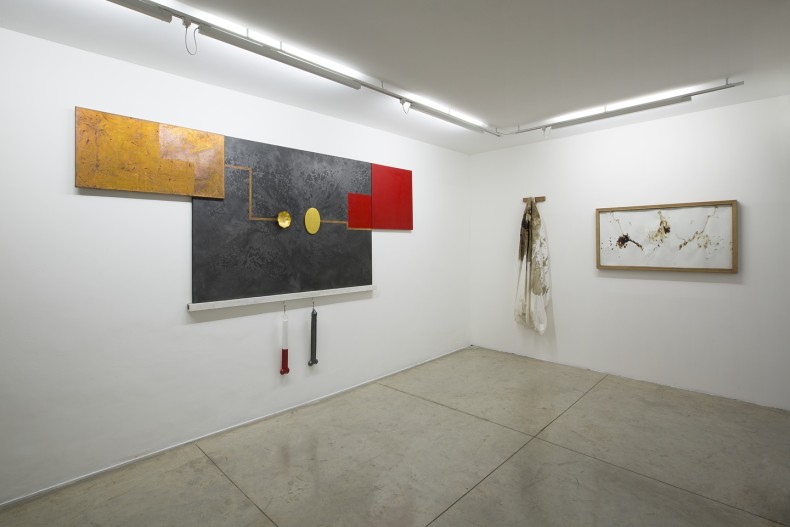Appropriations and interpretations of human and natural forms provide unifying thread in group show The Body and the Work of Art, set to open on February 20 at Galeria Nara Roesler São Paulo
In visual art appropriations and interpretations, the human physical form and even natural shapes provide a unifying thread to the group show O Corpo e a Obra de Arte (The Body and the Work of Art), set to open on February 20, concurrently with Angelo Venosa’s solo exhibit Giusé. The show will run until March 26, 2016.
Seventeen artists from the gallery’s roster explore the aesthetical and conceptual possibilities of corporal representation: Alice Miceli, Antonio Dias, Berna Reale, Brígida Baltar, Bruno Dunley, Carlito Carvalhosa, Karin Lambrecht, Melanie Smith, Paulo Bruscky, Raul Mourão, René Francisco, Rodolpho Parigi, Vik Muniz, Virginia de Medeiros and Xavier Veilhan.
The artworks feature the human figure captured through myriad aspects and procedures, including Rodolpho Parigi’s figurative allegory A Grande Tela (2015); the scattered lines – almost an anti-representation – in Bruno Dunley’s Cadeira Ejetora (2011); or the mosaic of body parts reproducing Courbet’s best-known painting in Vik Muniz’s Courbet de Pictures of Magazine 2: Origin of the World, after Courbet (2013). France’s Xavier Veilhan and his technological sculptures of major music producers veer toward hyperrealism.
The performativity of the body is at play in work by Alice Miceli (Jerk off - Dízima Periódica III, 2006-2011), Berna Reale (Ordinário 2013), Paulo Bruscky (Alimentação, 1978) and Virginia de Medeiros (Auto-retrato - Jardim das Torturas 2012-2014).
But physical presence can also reside in the details, like a white piece of cloth soaked in blood from a lamb’s sacrifice in Karin Lambrecht’s Animal (2004); Melanie Smith’s sculpture Objects for Bulto 1 (2012), where a mountainous landscape and fingertips become (con)fused; or Antonio Dias’ conceptual metaphor Manivelas (1999), which addresses the territorialization the contemporary world imposes on bodies, desires and individuals.
Stylization of the human body, stripped down to recognition by hints at its most basic shape, is featured in work by Raul Mourão (Dead or Alive, 2011) and René Francisco (Dê-me uma Mão, 2012). In the opposite end of the spectrum, Carlito Carvalhosa and Brígida Baltar use organic matter, such as wood, to translate human or natural physicality, in a subtle association with the re-naturalized body. In the interplay between the artwork’s material presence and the multiple sensitive and conceptual connections it creates, O Corpo e a Obra de Arte sets out to rekindle a unitary perception of body and spirit, form and concept, appearance and essence.
